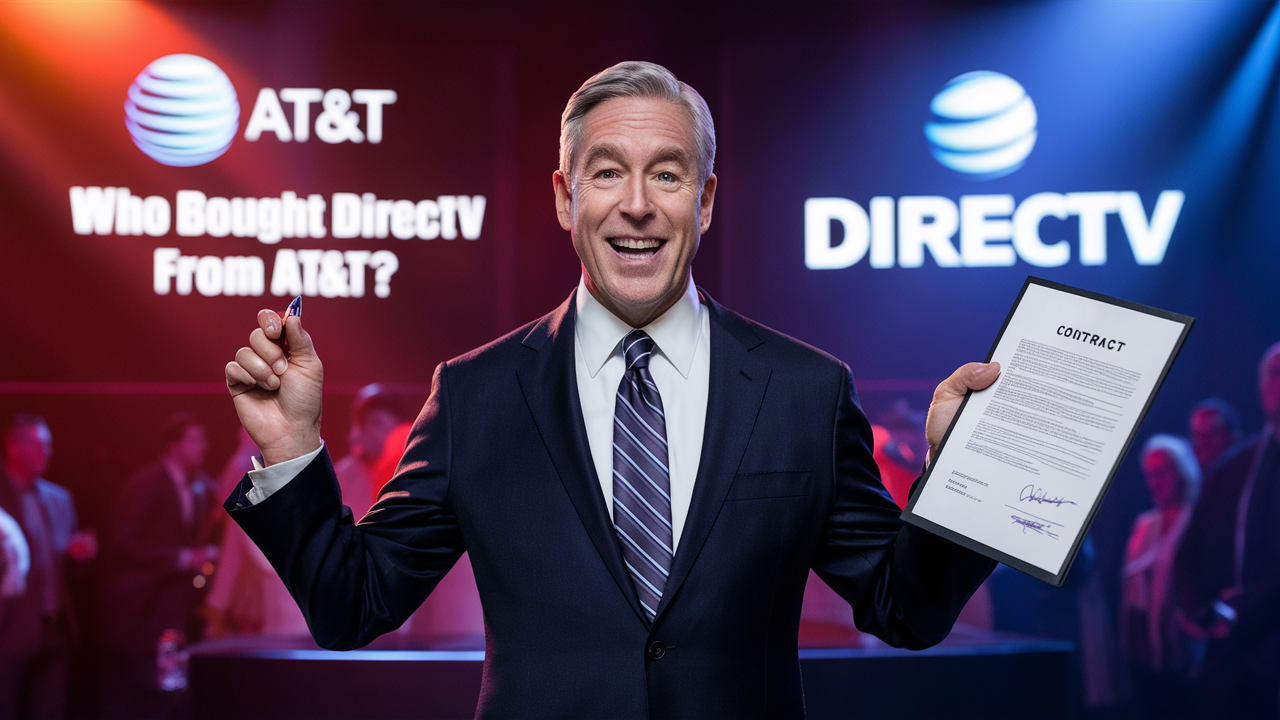Who bought DIRECTV from AT&T?

In 2015, AT&T had its eye on acquiring satellite TV provider DIRECTV; the two companies became affiliated after a $48.5 billion transaction. This merged one of the major pay TV service providers in the nation with one of the largest telecommunications firms. Here are some key details about the AT&T-DIRECTV deal:
- Before the acquisition, AT&T did not have a traditional TV internet service of its own that it owns and operates. When AT&T purchased DIRECTV, which has more than 20 million video subscribers, it was able to obtain a broad base in pay TV across the country to complement its provision of internet and phone services.
- For DIRECTV, it was an opportunity to become a part of a massive telecommunications company that would provide them with more backup to challenge cable giants and other new streaming services. There were also potential cross-promotion opportunities with others such as those who own wireless phones from AT&T Internet.
- It received the approval of the FCC and was finalized in July 2015 after an FCC process that took 13 months. To obtain approval, AT&T committed to growing its internet service initiative that offers affordable internet to those in need.
- DIRECTV runs as a separate company within the AT&T group but has its board of directors and most of its executives stay, however, the direct reporting line is with the AT&T CEO. This structure enabled DIRECTV to remain mostly autonomous in its operations since the main structure of the organization remained intact.
- AT&T has since been proactively cross-selling the DIRECTV with the mobility and broadband services and at a special promotion when one subscribes to both. This allows AT&T to sell to customers from different angles and may just possibly cut down on churn, by tying the services together in bundles.
- Thus, after merging with DIRECTV, AT&T became the largest pay-TV provider in the United States excluding Comcast. It was reported that as of 2021, DIRECTV currently has 15 million subscribers fewer than over 20 million when the deal was sealed.
- The DIRECTV acquisition was very ill-timed depending on the cord-cutting phenomenon that has seen more and more people drop the paid satellite and cable TV services to opt for streaming. DIRECTV has been on the decline since 2015 and has lost millions of its subscribers.
- Declining subscribers together with high debt expenses on the transaction have significantly impacted negatively on the growth of the DIRECTV business over the past few years hindering AT&T firmly. The synergies generated from the combination of service offerings, notably DIRECTV with AT&T services, have not been realized.
- AT&T also stated in February 2021 that it currently intends to integrate the firm into a new DIRECTV entity with TPG, a private equity firm. This offered AT&T the chance to deconsolidate DIRECTV from its records but retain an economic interest in the company.
In conclusion, the acquisition of DIRECTV in 2015 was a very big and daring call that AT&T undertook in a bid to diversify into traditional PayTV. This was to enable AT&T to be able to supply TV together with other services and market them to clients to achieve more sales. However, trends of massive cord-cutting reduced the subscriber base of DIRECTV in quite the shortest timeframe. Consequently, instead of being a growth driver that AT&T used to rely on acquisitions to achieve, DIRECTV has turned into a drag that AT&T is now eager to unload in record time, six years later. The reasons for bundling DIRECTV with other services were offset by the high rate of customers switching from satellite TV.
Upgrade to faster, more reliable AT&T Fiber Internet today! Call us at +1 844-905-5002 and get connected with speeds that keep you ahead.